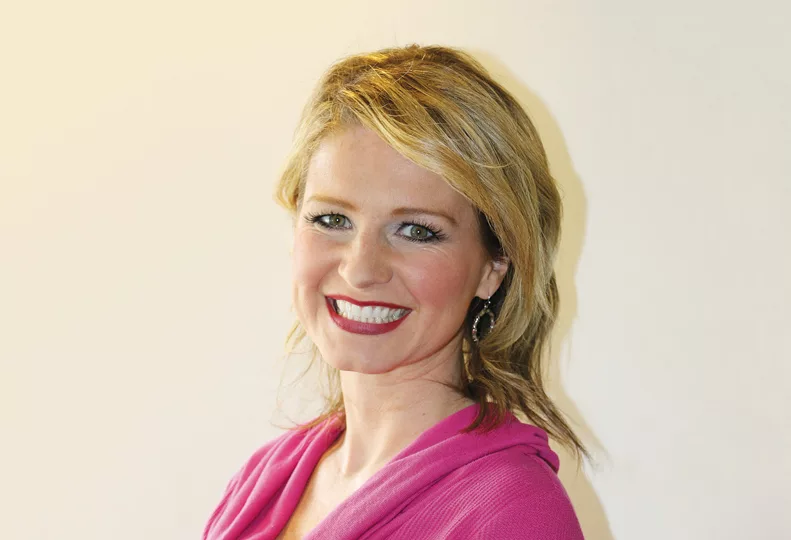
Home » Is #MeToo movement hurting attractive women?
Is #MeToo movement hurting attractive women?
Research turns up surprising responses

November 21, 2019
Few could dispute that the #MeToo movement brought with it a tidal wave of empowerment and validation for women. Originally created by Tarana Burke in 2006, it eventually reached its media peak in 2017 with the sexual abuse allegations against Harvey Weinstein.
Women and men alike watched with bated breath and hope for a revolution of sorts, as some of the most rich and powerful men in entertainment fell in disgrace embedded in a web of accusations of harassment and assault.
But the impacts of the movement would span far outside the circles of Hollywood’s elite. As the dust settled, researchers began to examine the aftermath of the #MeToo movement on workplace interactions outside of the entertainment industry.
Select results of the movement were encouraging. According to reports from the Harvard Business Review following the #MeToo movement, “74% of women said they thought they would be more willing now to speak out against harassment, and 77% of men anticipated being more careful about potentially inappropriate behavior.”
Although many women in general have benefited in a variety of ways from #MeToo, the advantages appear to disproportionally favor women who are not “viewed as attractive” by male colleagues.
Research out of the University of Houston this year sought to determine the aftermath of the movement. Several of the findings were unexpected.
Researchers found that men and women largely agreed on which behaviors out of 19 different options, such as emailing sexual jokes and repeatedly asking on dates even when the colleague said, “No,” were deemed harassment, with women being even more lenient in their definitions. This challenged the popular assumption that men are confused about what type of interaction is appropriate for the workplace.
The research also concluded that although men understood which interactions were considered harassment, they were more likely to restrict workplace interaction with women, particularly attractive women, following the #MeToo movement.
Researchers found that 19% of men surveyed said they were reluctant to hire attractive women, with 21% stating they were reluctant to hire women for jobs involving close interpersonal interactions with men, such as jobs that require travel. Twenty-seven percent took the “Mike Pence approach to women in the workplace” and said they avoided one-on-one meetings with female colleagues altogether. Men stated they would be more likely to exclude women from social interactions like after-work drinks following the movement and were less likely to interact with them in specific ways even if it was deemed crucial to advancement.
Another study involving 5,000 U.S. adults published by Lean In, an organization that supports women through community, education, and peer groups, found that 60% of male managers were now “uncomfortable doing common workplace activities with women, such as mentoring, socializing, or having one-on-one meetings.”
A Spokane businessman described his perspectives of the work environment following the movement and agreed to speak under the condition of anonymity, stating, “Hiring an attractive woman is playing with fire. Even the hint of wrongdoing or perception or even possibility of it and you are guilty in the court of public opinion. I would avoid hiring an attractive woman if all other things were equal with another candidate-resume, experience, personality, fit, etc.”
Multiple studies also suggest that complaints about sexual harassment in the workplace are more likely to be considered believable if the victim is considered attractive, supporting the notion that attractive women may be perceived as being more “risky” to hire.
Good looks have traditionally increased income capacity for women in the U.S., with each “unit of rated attractiveness” increasing annual income overall. Additionally, research indicates that attractive people are generally perceived as being more intelligent and have historically been more likely to get hired.
It reasonably follows that attractive employees could be an asset in the workplace. Limiting the advancement of women, including attractive women, can be detrimental to the vitality of industry in a variety of ways. But increased fear of harassment allegations may change these trends and cause good looks to be detrimental to employment and advancement opportunities for women.
Although the media attention surrounding high profile takedowns of perpetrators can create the perception that workplace harassment is on its way out, limiting the culprit to individuals may detract from larger, systemic factors that create an environment in which harassment is allowed to occur.
Although many corporate responses to addressing workplace harassment largely consist of educating employees about what constitutes harassment, the evidence suggests both men and women already know.
Others have gone so far as to recommend that attractive women downplay their good looks in order to appear “less threatening” in interviews.
Data suggests resources may be better spent initiating cultural change in the workplace through character building.
Research out of Wright State University shows that traditional sexual harassment training has little effect on workplace harassment. Researchers there suggest that instead companies should implement training that “educates employees about sexism and character.” They conclude that “employees who display high levels of sexism are more likely to engage in negative behaviors” and that educating employees about character and sexism may be helpful in reducing incidence of sexual harassment in the workplace. People of high character as defined by virtuous behaviors, such as courage, are more likely to intervene if they see harassment and are less likely to perpetrate harassment.
Employers may also benefit from education on bias and legal guidelines regarding workplace discrimination.
Robin Pickering is the Women and Gender Studies program director and associate professor at Whitworth University.
Latest News Up Close Education & Talent Government
Related Articles
Related Products




